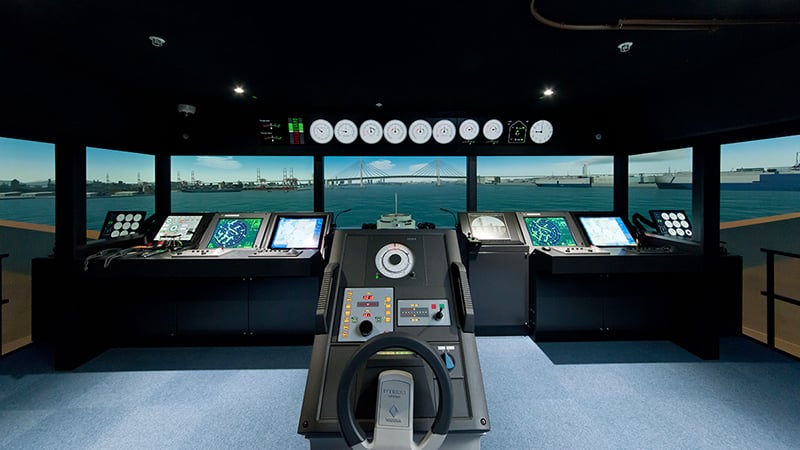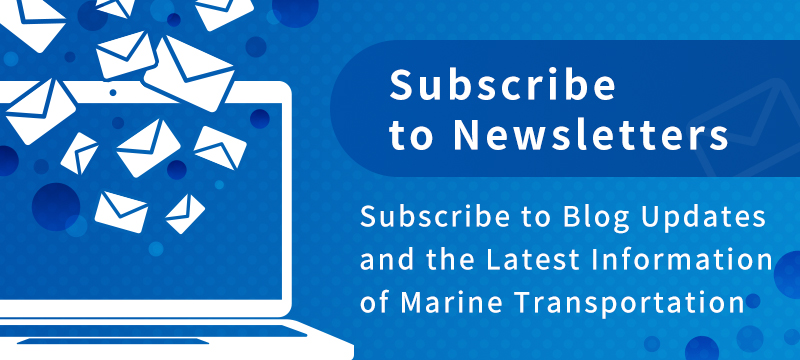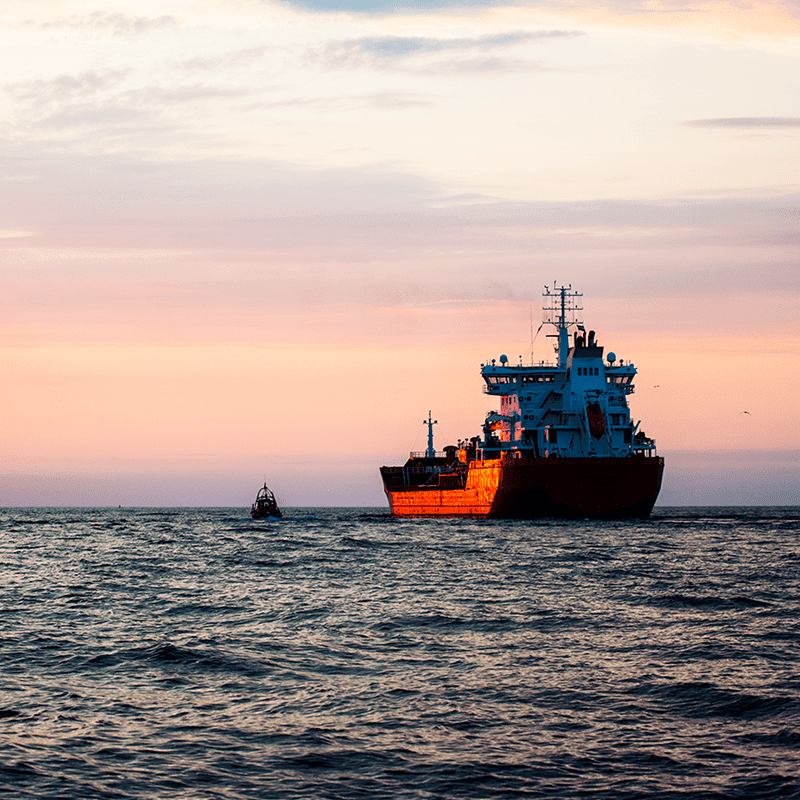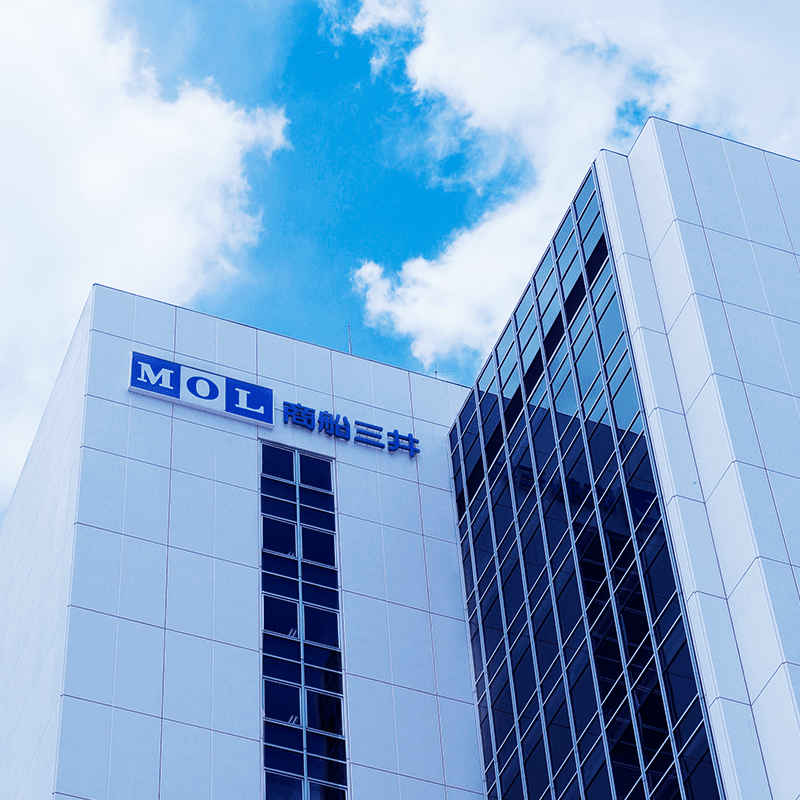BLOG
On the Frontline of Safety — MOL Seafarers at the Training Conference
- General Shipping
2025.11.11
“Delivering cargo safely to its destination”—this is the most important mission in the maritime industry, supported by the advanced knowledge and skills of every seafarer.
On September 16th and 17th, 2025, Mitsui O.S.K. Lines (MOL) hosted the “MOL Annual Training Conference 2025” in Toranomon, Tokyo. The event brought together instructors from MOL’s training centers in six countries (Japan, the Philippines, India, Montenegro, Russia, and Indonesia), Onboard Job Training Instructor (OJTI) from our ongoing OJT project (details to follow), and manning company training managers. Participants with diverse backgrounds and expertise engaged in lively discussions about current challenges in seafarer training and the future of maritime education.
This blog provides an inside look at how MOL is building the “frontline of safety,” closely following the Training Conference to share the company’s sincere efforts and the passionate discussions that took place.
Key points
- An on-site report from the “MOL Annual Training Conference 2025” hosted by MOL.
- Instructors and OJTIs from training centers in six countries gathered to discuss the future of seafarer education.
- Introduction of practical training programs that combine the latest technology with on-site experience.
- In-depth exploration of current challenges and trends, including BRM/ERM training and safety measures for alternative fuels.
- MOL’s commitment to safety culture and human resource development, aiming for the achievement of “4-ZEROS”
Training Conference kicks off! A Forum for Lively Discussion and Learning
At this Conference, a wide range of programs at the forefront of seafarer education and training were presented, creating a vibrant environment for exchange and learning among participants.
On the morning of September 16th, the venue was filled with energy as members of MOL’s Global Maritime Resources Division (hereinafter referred to as GMRD) delivered opening remarks, marking the start of two days of discussion.
The first to take the stage was Senior Managing Executive Officer Tanimoto, who has a long career as a Captain.
“Good morning, everyone. I entered this industry in 1990, and now, as an Executive Officer, I am dedicated to fostering a culture of safety. To realize the MOL Group’s safety vision, it is essential for everyone to put safety into practice—actions on the front lines drive the safety standards of the entire group,” He stated powerfully.
He also pointed out that the business environment is becoming increasingly complex due to technological innovation and globalization. “We need new training that goes beyond conventional frameworks, such as risk prediction using AI and IoT, and embracing diversity. I encourage everyone to proactively propose new forms of training with an eye on the future,” he urged.
 Senior Managing Executive Officer /Captain Tanimoto
Senior Managing Executive Officer /Captain Tanimoto
Next, Captain Animesh Hore, General Manager of the GMRD, took the stage. “This conference has always created value by reflecting the voices from the front lines. I am delighted that, once again, outstanding instructors from around the world have gathered to discuss the future of seafarer education and training,” he remarked.
What was particularly memorable was his message: “I encourage you to imagine what education and training will look like in 2040.”
“With new regulations, technologies, fuels, and rising societal expectations, basic competency alone is no longer sufficient. To achieve the highest standards of safety and quality, we must begin developing talent with multidimensional skills now,” he emphasized.
He also highlighted the importance of instructors’ own skill development. “It is urgent that we establish a system to systematically enhance the knowledge and skills of instructors, who serve as the interface between the front lines and the company,” he stressed.
 Captain Animesh Hore, General Manager
Captain Animesh Hore, General Manager
During each session, not only did speakers present, but instructors and OJTIs from various countries actively participated, exchanging lively opinions based on their own experiences. Here are some highlights from the diverse programs:
Day 1 – Cultivating a Learning Culture in Seafarers’ Education
The Global Seafarers Education and Training Management Team, one of the teams under GMRD, kicked off the two-day program, emphasizing to participants that “a culture of learning is not one-way; true value is created when people freely ask questions and engage in discussion.”
This session introduced the foundations of a learning culture, three learning theories (cognitivism, behaviorism, and humanism), the flow of learning design, case studies, and the importance of reflection.
A particularly memorable message was that “learning is a continuous process, and failure is an opportunity for growth. Reflection and openness strengthen organizational learning.”
The session also highlighted the importance of understanding different learner types and adopting flexible approaches to accommodate today’s diverse learning styles.
 Crafting a Learning Culture Session
Crafting a Learning Culture Session
On the first day of training, in addition to the “Crafting a Learning Culture” session, MOL introduced proprietary training on the latest technologies, such as dual-fuel generators and LNG reliquefication systems—programs not available elsewhere in the market. The importance of “Maritime Resource Management (MRM),” which integrates Bridge Resource Management (BRM) and Engine-room Resource Management (ERM), was also discussed.
Day 2 – Essential Training for Engineers and Deck Officers
On the morning of the second day, participants split into Engineer and Deck Officer teams to review and discuss the core BRM and ERM training programs. The teams ocused on practical content and established future directions for these essential training sessions.
Discussion Highlights from the Engineer Team
At last year’s Training Conference, the necessity of extending ERM training to a five-day format was presented. As a result, all training centers have officially adopted the five-day course starting this year.
During this year’s Training Conference, each center shared presentations highlighting the challenges, questions, and suggestions encountered while implementing ERM training. Specifically, nine topics have been raised, and these issues will be further examined in preparation for next year’s conference.
1. Establishing a unified educational system for instructors at training centers in each country, from recruitment to development.
2. Emphasizing the importance of structured briefings before and after each scenario.
3. The importance of conducting a second run by changing the cast within the scenario and adding additional disturbances.
4. Developing new training scenarios with a five-year outlook.
5. Building a comprehensive Maritime Resource Management (MRM) program by integrating ERM and BRM.
6. The necessity of training using the latest engines (X-DF, MEGI*1, etc.).
7. Creating scenarios and initiatives that enable effective training even with older equipment.
8. Sharing of information regarding training implementation and training materials to enhance communication across training centers.
9. Extending ERM training to include engine department personnel.
With shorter onboard durations and the increasing deployment of dual-fuel vessels, younger seafarers often lack sufficient hands-on experience. In this evolving environment, shore-based ERM training is becoming more essential than ever. It provides a critical opportunity to cultivate decision-making and leadership skills that are vital for safe and effective operations at sea.
-
(*1)
They both are dual-fuel engines capable of operating on both LNG (liquefied natural gas) and heavy fuel oil.
 Left: Participants actively engaging with the simulator.
Left: Participants actively engaging with the simulator.
Right: Exchanging opinions while viewing the footage.

Left: A facilitator delivering an enthusiastic and focused lecture.
Right: Participants listening attentively and with great concentration.
Key Insights from the Deck Officer Team Discussion
The BRM training program was conducted at the ship handling simulator facility owned by MOL Maritex. Using recent frequent incidents of GPS spoofing and jamming as a starting point, the team engaged in in-depth discussions around Automation Awareness.
A growing concern among seafarers — including Deck Officers — is the overreliance on automated onboard systems and navigational instruments. This dependency can increase the risk of misjudgment by watchkeepers. While bridge systems are designed to automatically integrate and collect operational data, it is essential that Captains and Deck Officers assess the reliability of such data and make informed decisions accordingly.
Although BRM training traditionally emphasizes Human Resource Management, this session reaffirmed the importance of Technical (Equipment) Resource Management as a critical skill for seafarers.
To strengthen Automation Awareness, instructors from various national training centers collaborated to develop new simulation scenarios. After experiencing sample scenarios using the ship handling simulator, the team aligned on a direction for implementing these new training modules.
 Left: Discussing the development of new training scenarios.
Left: Discussing the development of new training scenarios.
Right: Participants experiencing sample scenarios using the ship handling simulator.
In another session, participants were introduced to critical training programs focused on the safe handling of alternative fuels such as methane, ammonia, and hydrogen. Real-world incidents—including operational challenges with methanol-fueled vessels, ammonia leaks, and hydrogen flame release accidents—were presented to highlight the unique risks associated with these emerging energy sources.
The discussions centered around how to address these risks using the A3T framework (Analyze – Assess – Act – Thinking), a structured approach to problem-solving. Seafarers from various countries actively engaged in the dialogue, raising questions based on their regional regulations and past experiences. Through this exchange, instructors and participants shared deep technical insights and a collective understanding of the challenges involved in safely integrating new fuel technologies into maritime operations.
Envisioning the Future of Maritime Education and Training
In the final session of the conference, Atrium 8: Training Effectiveness and Development, instructors from MOL training centers around the world gathered for an open and constructive dialogue on the future of maritime education and training.
With a shared commitment to the question, “How can we better develop highly skilled MOL seafarers?”, participants engaged in candid discussions on real-world challenges observed in the field. Topics included the growing dependence of young Deck Officers and Engineers on onboard equipment, the importance of cultivating resilience and endurance, the impact of shorter contracts and reduced hands-on experience, and how to leverage the strengths of multinational and multicultural crews.
 Participants actively sharing their ideas and perspectives throughout the discussion.
Participants actively sharing their ideas and perspectives throughout the discussion.
One of the most striking themes from the session was the balance between leveraging digital skills and preserving traditional human capabilities. While the effectiveness of training using VR and simulators was widely acknowledged, participants also emphasized the importance of hands-on experience and the ability to “return to basics” in emergency situations.
To promote more frequent knowledge exchange among training centers, a concrete proposal was made to introduce quarterly online meetings in addition to the existing annual in-person conference. This initiative aims to facilitate the sharing of best practices and strengthen collaboration across regions.
The discussion also heated up around the topic of next-generation leadership development. Leadership, it was noted, is cultivated through experience. In an era where onboard time is decreasing, participants explored which skills should be intentionally embedded into training programs, and how to create systems that expose promising young seafarers to diverse operational environments early in their careers. The session reaffirmed both the complexity and the critical importance of “developing people” in the maritime industry.

A passionate discussion took place on how to cultivate the next generation of maritime leaders.
Commitment to Excellence: MOL’s Approach to Maritime Education and Training
MOL has built its legacy on maritime expertise and technology, with a steadfast mission to ensure the safe transport of our customers’ cargo. Our training programs are developed with a sincere commitment to learning from past incidents and preventing their recurrence.
Global Training Network and Comprehensive Curriculum
In addition to the six training centers that Mitsui O.S.K. Lines operates around the world, we also established our own maritime university in the Philippines, the MOL Magsaysay Maritime Academy (MMMA), in 2018, demonstrating our dedication to nurturing future maritime professionals.
Our curriculum spans a wide range of practical and advanced training programs, including:
・ Ship handling and engine room simulator training
・ Specialized cargo handling for VLCC and LNG vessels
・ Practical operation onboard such as Welding and lifesaving Onboard- training
These programs are offered to seafarers of all ranks—from new recruits to seasoned veterans. We also develop customized training programs tailored to specific cargo types and vessel sizes, led by experienced Captains and Chief Engineers with extensive onboard service backgrounds.

MOL Training Centers in Six Countries Worldwide (from our official website)
Strengthening Safety Onboard: The OJT Project
Launched in 2009, the On-the-Job Training (OJT) Project is a groundbreaking initiative in which experienced Captains and Chief Engineers serve as dedicated On-Job Training Instructors (OJTIs) aboard our group-operated vessels. These instructors identify potential risks and unsafe practices that can only be discovered in real-life operational settings, and provide on-the-spot education and training to address them.
This project makes a significant contribution to the immediate mitigation of risks and the prevention of recurring accidents. The impact of this program is evident in the numbers: vessels that have undergone OJT saw an approximately 80% reduction in deficiencies identified during Port State Control (PSC) inspections, and a 21% increase in vessels with non-identification. These results clearly demonstrate the high quality and effectiveness of MOL’s training programs.
Looking Ahead: Challenges and the “4-ZEROS” Safety Vision
MOL recognizes that the introduction of alternative fuels and AI technologies presents new challenges for the maritime industry. That’s why we are continuously enhancing our training systems with a forward-looking approach—such as safety training for alternative fuels and efforts to standardize training across our six global centers.
At the heart of our safety philosophy is the concept: “Awareness buys time; time buys options.”
This principle of Situational Awareness (SA) is deeply embedded in our training culture.
MOL is committed to achieving the ultimate safety goal known as “4-ZEROS”:
・Zero Serious Marine Incidents
・Zero Ocean Oil Pollution
・Zero Fatal Accidents
・Zero Serious Cargo Damage
%20under%20the%20MOL%20Group%20Safety%20Vision.png?width=650&height=262&name=%E2%80%9C4-ZEROS%E2%80%9D%20is%20set%20as%20a%20key%20performance%20indicator%20(KPI)%20under%20the%20MOL%20Group%20Safety%20Vision.png)
“4-ZEROS” is set as a key performance indicator (KPI) under the MOL Group Safety Vision (as stated on our official website).
Deepening the Safety Culture to Shape the Future
One of the strongest impressions from the MOL Training Conference is the power of people at the heart of our safety culture. The knowledge and experience cultivated over more than 140 years, combined with hands-on OJT and diverse learning across multinational training centers, reflect MOL’s unwavering commitment to putting safety first.
Through open dialogue at conferences like this, our ultimate goal is to foster a mindset where every individual takes ownership of safety and acts accordingly.
MOL will continue to evolve its safety culture across the Group, adapting to changing times and emerging challenges. From the front lines of maritime talent development, we remain committed to sharing our journey toward a safer future.

Maritime Education and Training
Click here to learn more about MOL’s maritime education and training programs.
Recommended Articles
2022.07.05
- General Shipping
2021.04.13
- Energy
2023.12.19
- General Shipping
2021.08.07
- Eco Friendly
2025.03.18
- General Shipping
Latest Articles
2025.12.09
- Eco Friendly
- General Shipping
2025.12.03
- General Shipping
2025.11.20
- Energy
- General Shipping








